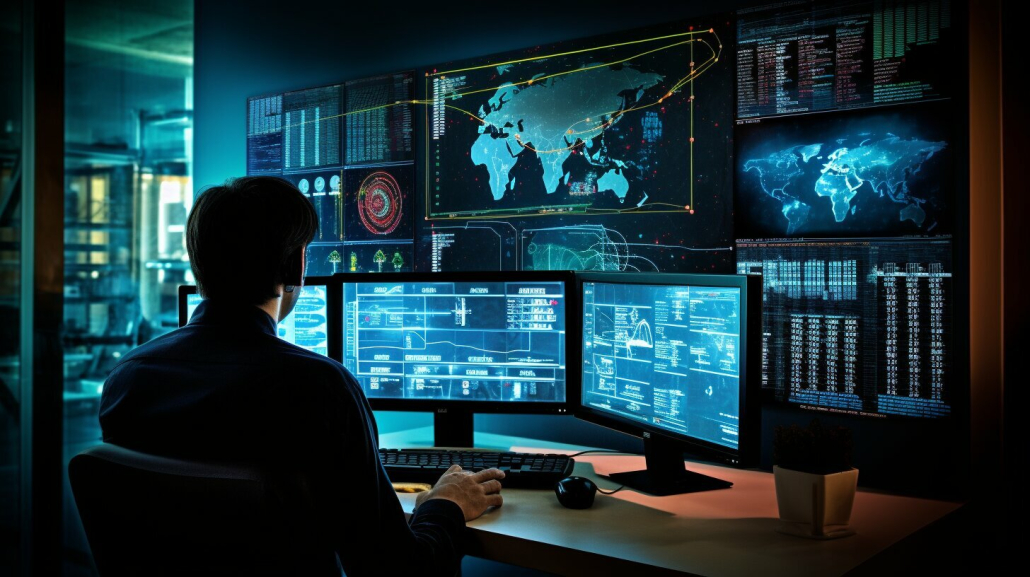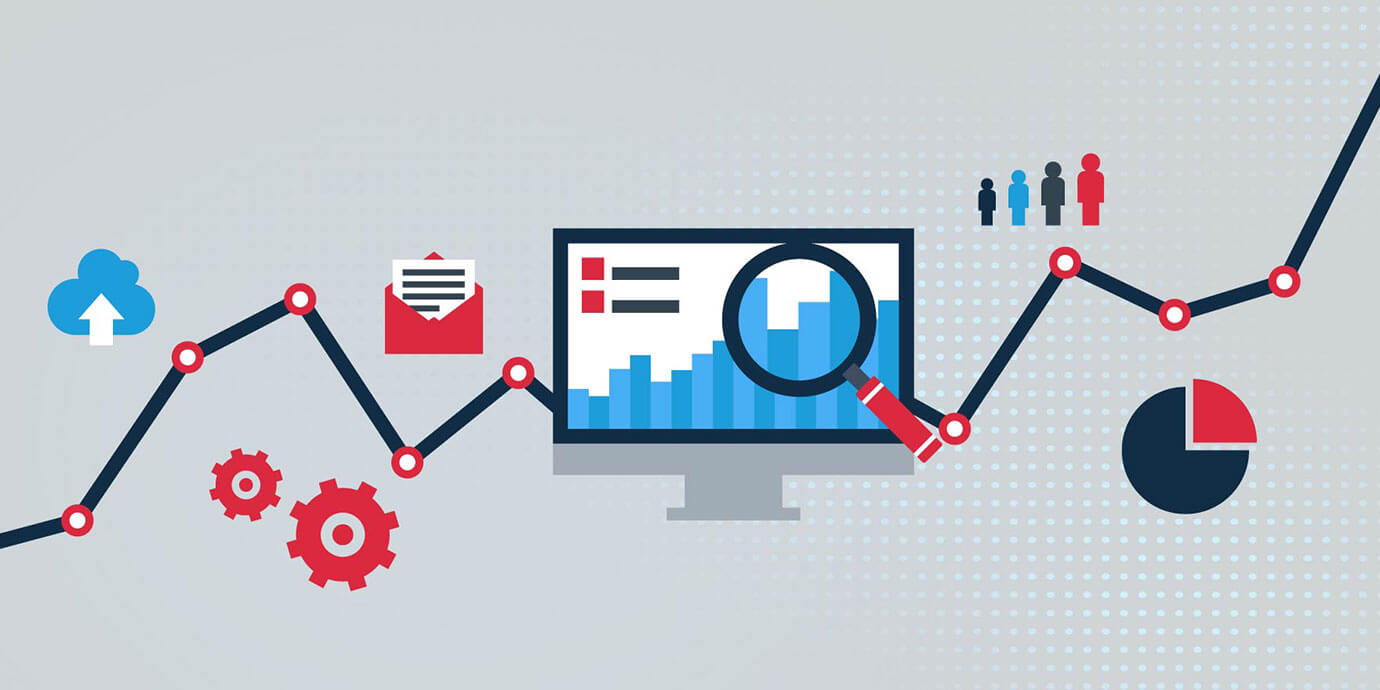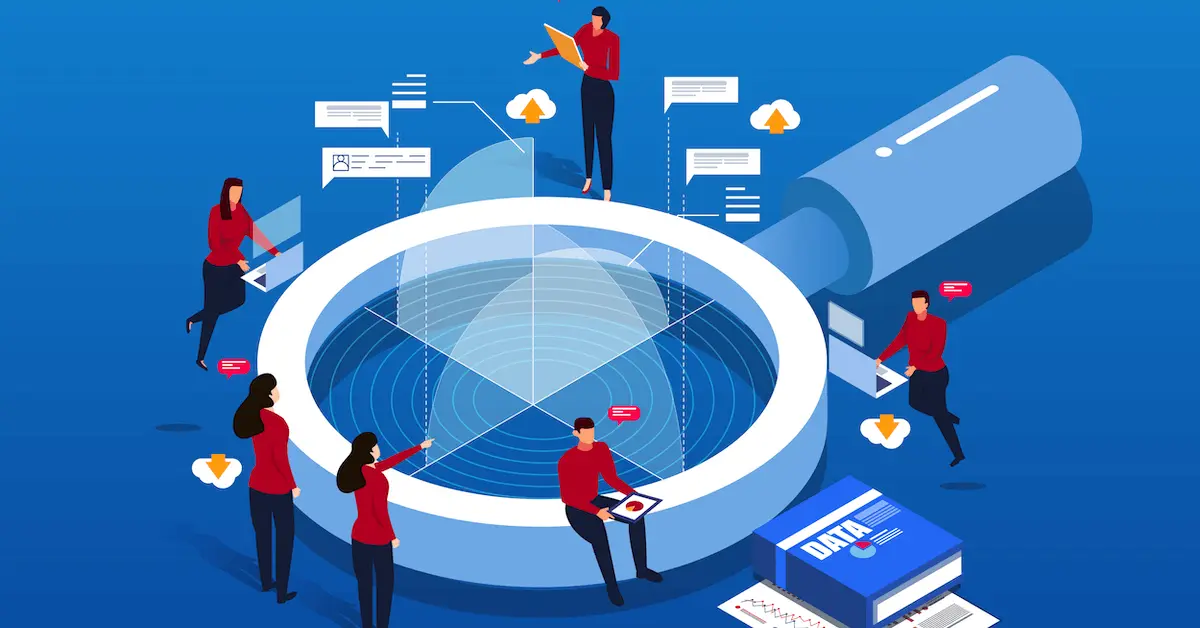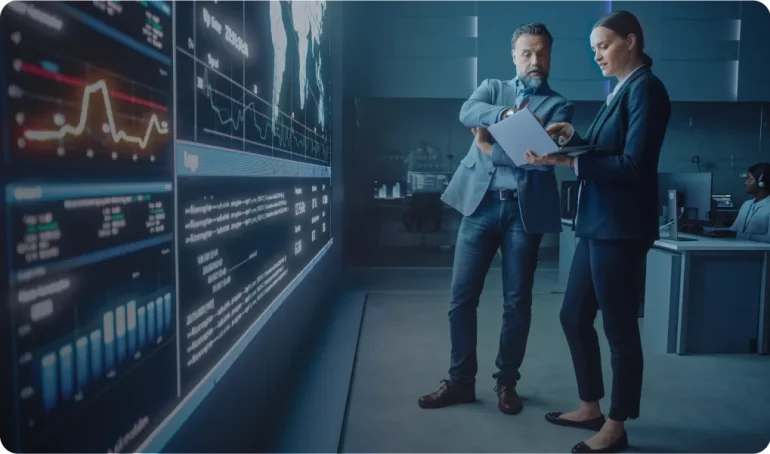In today’s hyperconnected digital world, a single negative tweet, viral video, or unfavorable news story can transform from a minor inconvenience into a full-blown corporate crisis within hours. The speed at which information travels across social media platforms, news outlets, and online communities has fundamentally changed how businesses must approach crisis management. What once took days or weeks to develop now unfolds in real-time, leaving organizations with narrow windows to respond effectively before irreparable damage occurs.
Crisis monitoring has evolved from a luxury reserved for large corporations to an essential business function for organizations of all sizes. The proactive approach of watching for potential events, conversations, or content that could negatively impact your brand image on a large scale represents the difference between swift damage control and catastrophic reputation loss. Unlike routine customer service issues or isolated complaints, true crises are game-changing events that can erode shareholder value, cause sales to plummet, and destroy carefully built reputations.
The statistics paint a sobering picture: nine out of ten organizations experienced at least one significant disruption in recent years, with an average of three-and-a-half disruptions per company. This reality underscores why monitoring isn’t just recommended—it’s crucial for business survival in our crisis-prone environment.
Understanding Crisis Monitoring: Beyond Basic Brand Surveillance

Crisis monitoring represents a sophisticated, proactive approach that goes far beyond simple brand mention tracking. It encompasses a comprehensive series of activities designed to identify, monitor, analyze, and anticipate unusual or abnormal events that may pose risks to an organization’s survival, continuity, and proper functioning. This systematic approach enables rapid and effective responses during proven or potential crises by mobilizing necessary players and resources that should ideally be defined in advance as part of a comprehensive crisis plan.
The distinction between regular monitoring and crisis monitoring lies in scope and urgency. While standard brand monitoring tracks routine mentions and customer feedback, crisis monitoring specifically watches for potential threats that could escalate into reputation-damaging situations. These might include viral videos showcasing negative customer experiences, organized boycotts of products, product recalls, or coordinated attacks on company leadership.
Effective crisis monitoring relies on various tools and information sources, including media monitoring, social media listening, strategic monitoring, risk management models, and networks of internal and external experts. This multi-faceted approach ensures comprehensive coverage across all potential crisis vectors.
The Strategic Advantages of Proactive Crisis Monitoring

Early Detection and Prevention
The primary advantage of crisis monitoring lies in early detection capabilities. By tracking television, radio, social media, and online discussions, organizations can spot emerging threats before they escalate into full-blown crises. This early warning system allows companies to address issues proactively, often preventing minor problems from snowballing into major reputation disasters.
Real-time monitoring involves continuous observation and analysis of data to identify potential problems as they arise, from monitoring social media for negative sentiment to tracking patterns that might anticipate PR crises. Organizations can detect potential crises early and take immediate action to mitigate their impact by closely monitoring these indicators.
Narrative Control and Message Management
Controlling the narrative during a crisis is essential for maintaining credibility and influencing public perception. Media monitoring allows organizations to understand how they’re being portrayed across various channels and respond to misinformation effectively. This capability proves crucial when false information spreads rapidly, potentially causing more damage than the original issue.
Crisis monitoring provides organizations with the context needed to enter conversations strategically. By understanding why people feel certain ways about specific issues, companies can craft appropriate responses that address concerns rather than inflame them further.
Stakeholder Communication Enhancement
Effective stakeholder communication during and after crises is vital for maintaining trust and credibility. Monitoring media helps identify key influencers and understand how stakeholders are responding to crises, allowing organizations to engage more immediately and authentically. This targeted approach ensures that communication efforts reach the right audiences with appropriate messaging.
Media monitoring allows crisis management teams to prioritize outreach to key audiences by identifying influential voices and understanding their messaging themes. This intelligence informs communication strategies and helps determine the best timing and methods for audience engagement.
Essential Tools and Technologies for Crisis Monitoring

Social Media Listening Platforms
Modern crisis monitoring relies heavily on sophisticated social media listening tools designed to keep pace with the fast-moving and viral nature of online discussions. These competitive intelligence tools can identify weak signals, leverage information, and promote collaborative sharing among experts to analyze media noise and the impact of current topics.
Advanced platforms enable monitoring of unlimited words across social media, newspapers, podcasts, blogs, and other sources, providing real-time alerts when words experience surges in interest. Organizations can build real-time dashboards to collect relevant metrics and observe how these metrics change over time.
Artificial Intelligence and Machine Learning Integration
The integration of artificial intelligence capabilities in monitoring tools has revolutionized crisis management across all phases. Machine learning can suggest words and expressions to monitor while actively tracking them for unusual patterns. AI-powered systems can detect abnormal spikes in mentions in real-time and analyze the progression of brand sentiment.
Generative AI technology helps summarize the causes of unusual peaks and mentions from data selected by social listening algorithms. Additionally, automatic language processing can qualify sentiment and nature of messages, identifying negative feedback on product quality or customer service issues while labeling social media posts automatically.
Comprehensive Media Monitoring Systems
Effective crisis monitoring requires tools that track multiple information sources and social networks to detect potentially damaging messages and content. These systems provide alerts when specific combinations of words appear, such as brand names paired with negative terms, enabling targeted crisis response efforts.
Organizations should implement monitoring alerts designed specifically to catch rising issues before they develop into full-blown crises. By setting up strategic keyword combinations and taking advantage of features built for crisis scenarios, companies can react to complaints or news items before they spread extensively.
Measuring Crisis Monitoring Effectiveness
Keyword Performance Tracking
Measuring the effectiveness of crisis monitoring requires tracking specific metrics that indicate program success. Keyword ranking monitoring helps organizations understand how crisis-related terms perform in search results and identify changes in search volume or user behavior. This data provides insights into public interest levels and potential escalation patterns.
Organizations should identify relevant words related to potential crises and use tracking tools to monitor rankings over time. Regular analysis of this data helps identify shifts in performance and informs strategy adjustments.
Engagement and Traffic Analysis
Website traffic and engagement metrics provide valuable insights into crisis impact and response effectiveness. Monitoring organic traffic, click-through rates, and conversions offers a comprehensive understanding of how crises affect business operations. These metrics help organizations assess whether their crisis management efforts successfully mitigate negative impacts.
Social Media Metrics Evaluation
Social media metrics serve as crucial indicators of crisis monitoring success. Tracking mention volume, sentiment analysis, share of voice, and engagement rates across platforms provides real-time feedback on crisis development and response effectiveness. These metrics help organizations understand public perception changes and adjust strategies accordingly.
Crisis monitoring isn’t just about reacting to problems—it’s about staying ahead of potential issues through strategic vigilance and rapid response capabilities. Organizations that invest in comprehensive monitoring systems position themselves to navigate crises with greater resilience and emerge stronger from challenging situations.

